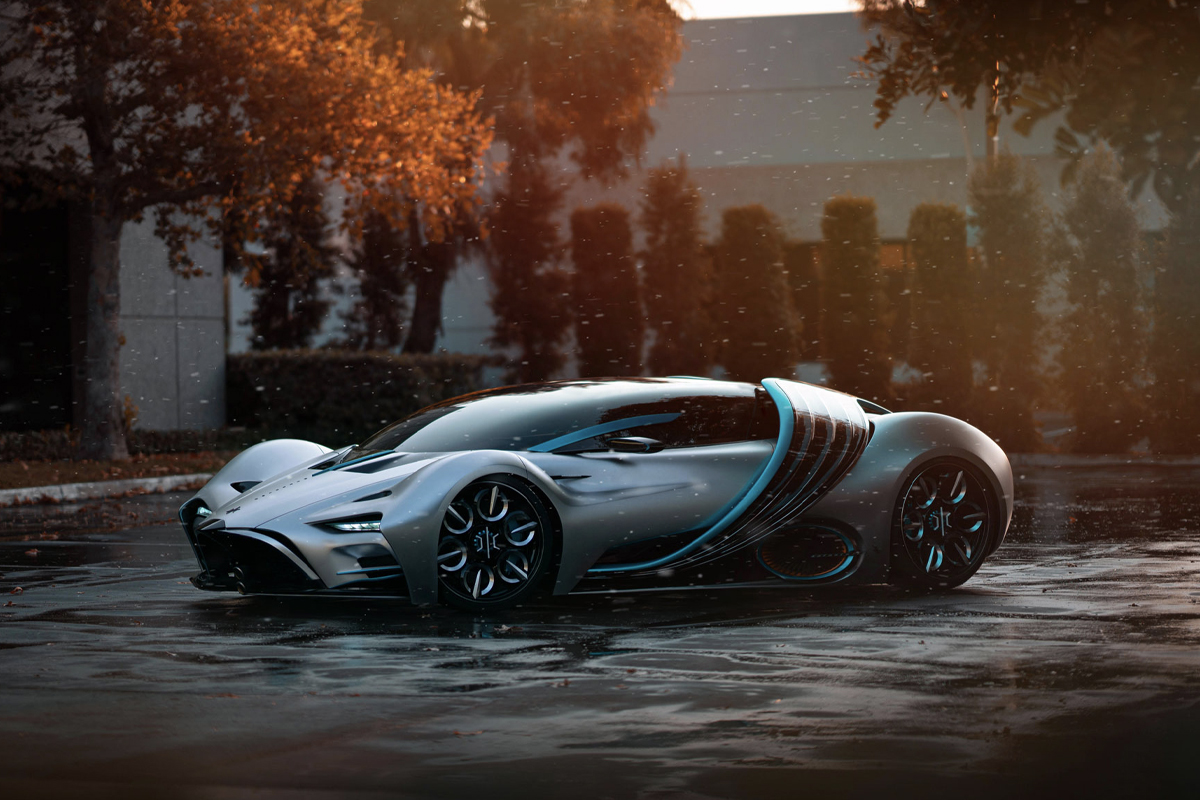“There are enough car companies. We’re an energy company that’s building this car to tell a story.” Those are the words of Hyperion CEO Angelo Kafantaris in his recent interview with Car and Driver.1
On August 12, 2020, Hyperion released their XP-1 prototype to the public. It’s daring. It’s sexy. It’s powerful. It’s ambitious. And, although pricing remains veiled, we’re told that this AWD two-seater will demand seven figures.2
Form and Function
First things first – let’s talk power. Leave those dream car pinup posters where they belong – in the past with your Hot Wheels collection and Teen Spirit. The XP-1’s big-kid performance enhancements leave little to the imagination:
- 1,000 horsepower
- 0 to 60 miles per hour (0.96 km/h) in 2.2 seconds
- Top speed in excess of 200 miles per hour (322 km/h)
- 4-motor AWD (that’s one motor per wheel)
- 3-speed transmission
- Vortex cold air intake
- Double-barrel exhaust stacks
- 1,016-mile range (1,635 km)
- 3 to 5-minute refuel time
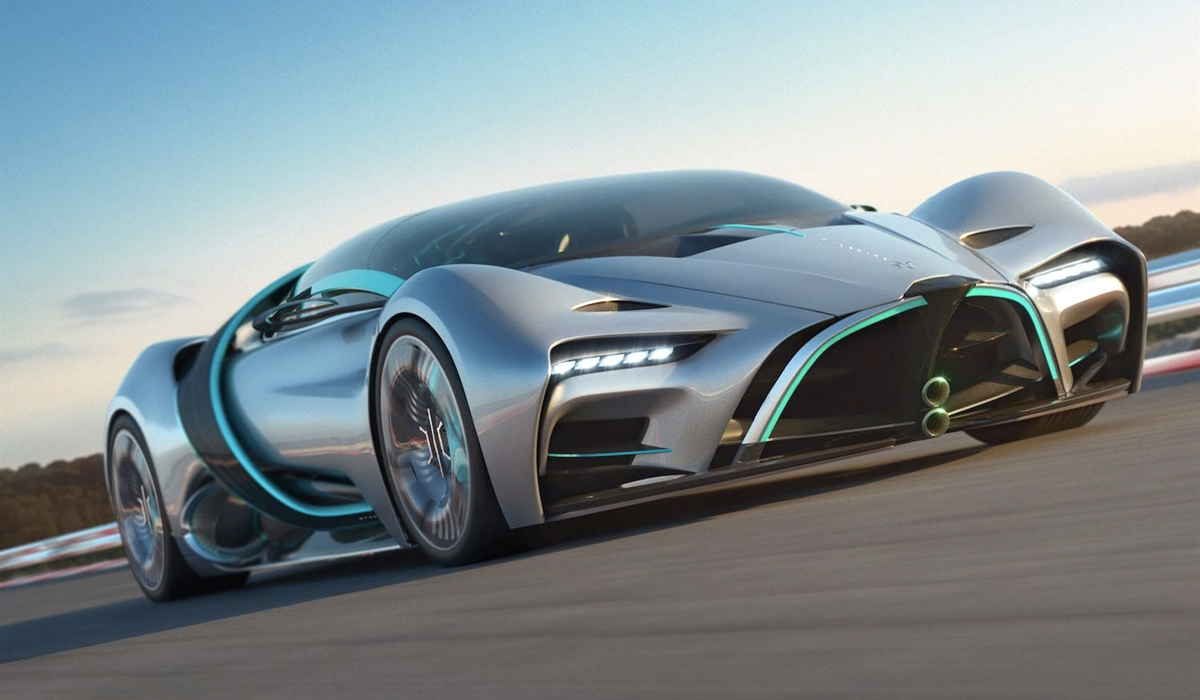
All of this oomph would be for naught without an ultralight, titanium-reinforced carbon fiber architecture:
- 2,275-pound (1,032 kg) ultralight body
- Carbon titanium monocoque (unified body/chassis)
- Aluminum alloy double-wishbone suspension
But what of the XP-1’s curb appeal? Supercar admirers take note – there’s a lot here to write home about, including a to-die-for body and interior. Think McLaren meets modernized DeLorean:
- V-wing doors
- Aerodynamic solar-panel buttresses
- Pirelli P Zero tires
- 20-inch front wheels; 21-inch rear
- Hydraulic ride height system
- 42-inch height; 83-inch length
- 98-inch curved-screen dash with gesture-control technology
- 134-inch wraparound glass canopy with tint control
- Hand-stitched leather seats
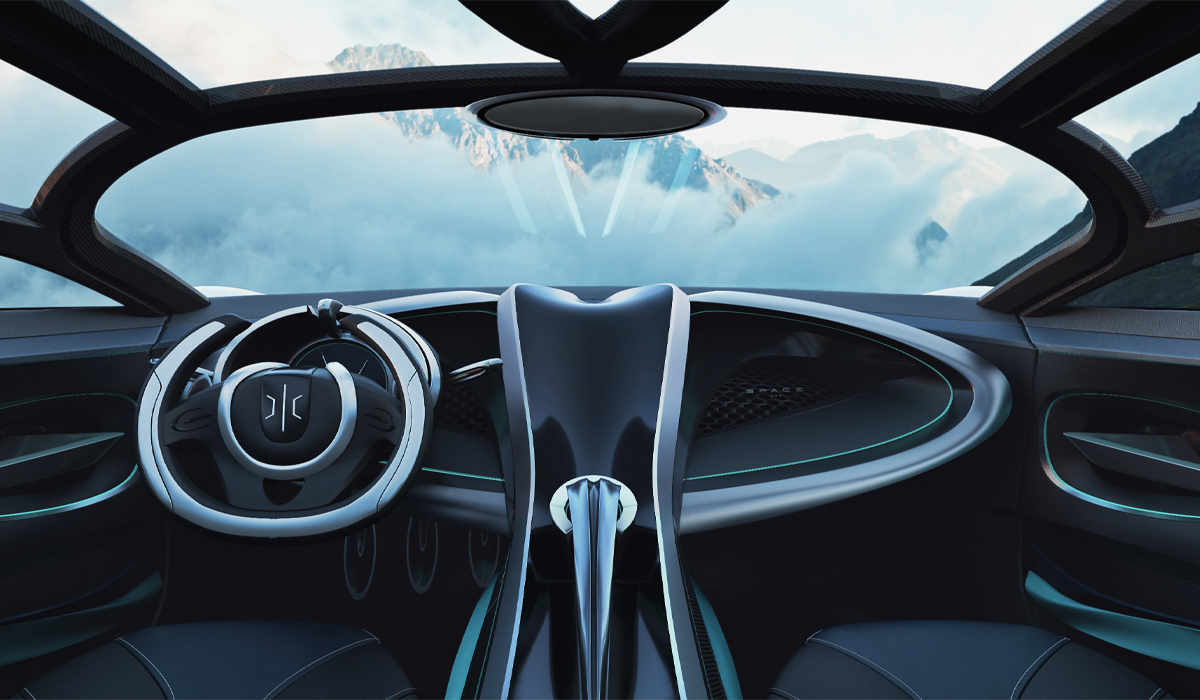
H2 Hype
Hyperion Motors is but one of three Hyperion divisions, the other two being Hyperion Aerospace and Hyperion Energy. The Aerospace division has ties to NASA, an organization deeply involved in developing and utilizing hydrogen fuel cells in spacecraft. In their collaboration with NASA, Hyperion Aerospace has obtained research capabilities and licensure, increasing the hydrogen fuel tech available to Hyperion Energy and Motors.
For you nerds out there, here’s a bit about the XP-1’s hydrogen (H2) fuel cell technology: a proton exchange membrane (PEM) cell takes in atmospheric oxygen (O2, obviously) and H2 that’s been sequestered in the eco-hypercar’s two titanium-reinforced carbon-fiber tanks. Through a silly-complex catalyzation process, the O2 and H2 mingle. The result? Electricity and deionized water vapor. That electricity is then siphoned through the carbon fiber system into ultracapacitor storage and then disseminated to all four high-efficiency magnet electric motors – that’s one motor per wheel. The water vapor exits through the XP-1’s showy double-barrel exhaust stacks.
The carbon fiber storage system, courtesy of NASA engineering, means that batteries – a significant drawback of electric vehicles – need not apply. Lack of battery is one secret behind the car’s ultralight, 1,000-mile per charge drive range. And apart from saving weight, hydrogen systems are far less toxic to produce/recycle and far more temperature tolerant than EV batteries.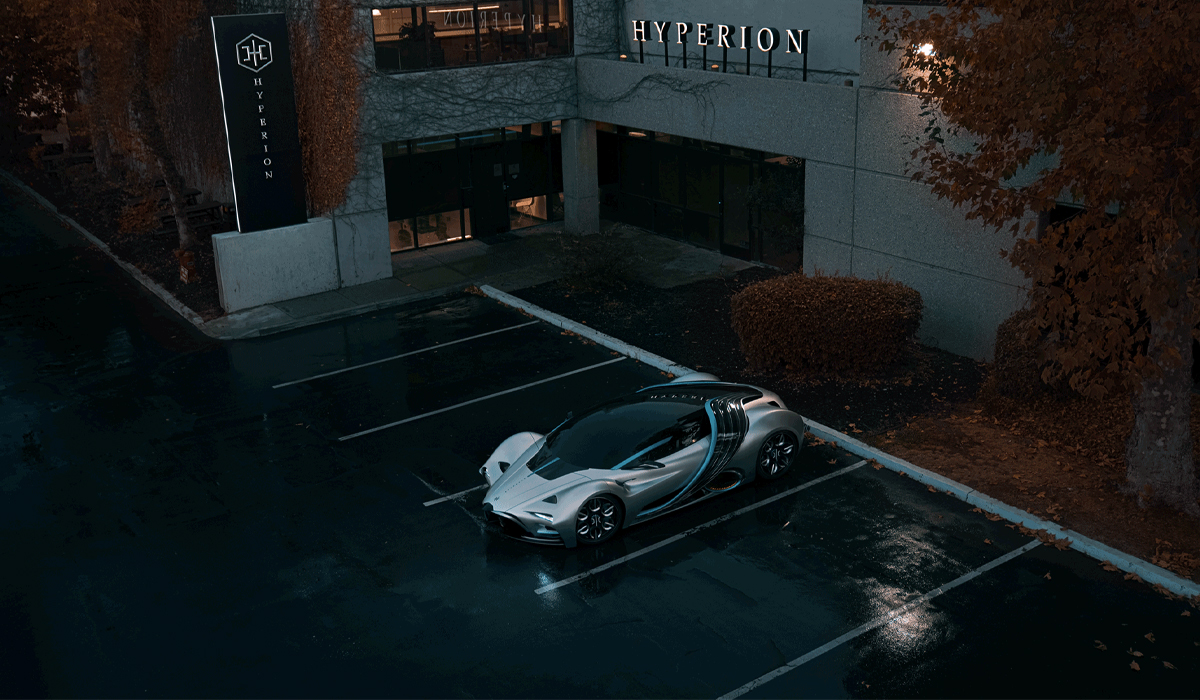
A New Titan of Industry
Kafantaris has stated that the oversexed, superpowerful XP-1 isn’t so much a flagship vehicle; it’s an educational testament to hydrogen power. The Hyperion trifecta’s mission is to bring high-quality, affordable hydrogen energy to the American public. What better way to get our attention than with a vehicle that screams sex, power, and eco-friendliness? And what better excuse to build hydrogen fuel stations across the US? Clever.
Hyperion’s XP-1 hits the pavement in early 2022, with a limited release of just 300 models. In the meantime, keep your ear to the ground for Hyperion Energy – our ostensible beacon to a hydrogen-powered future.

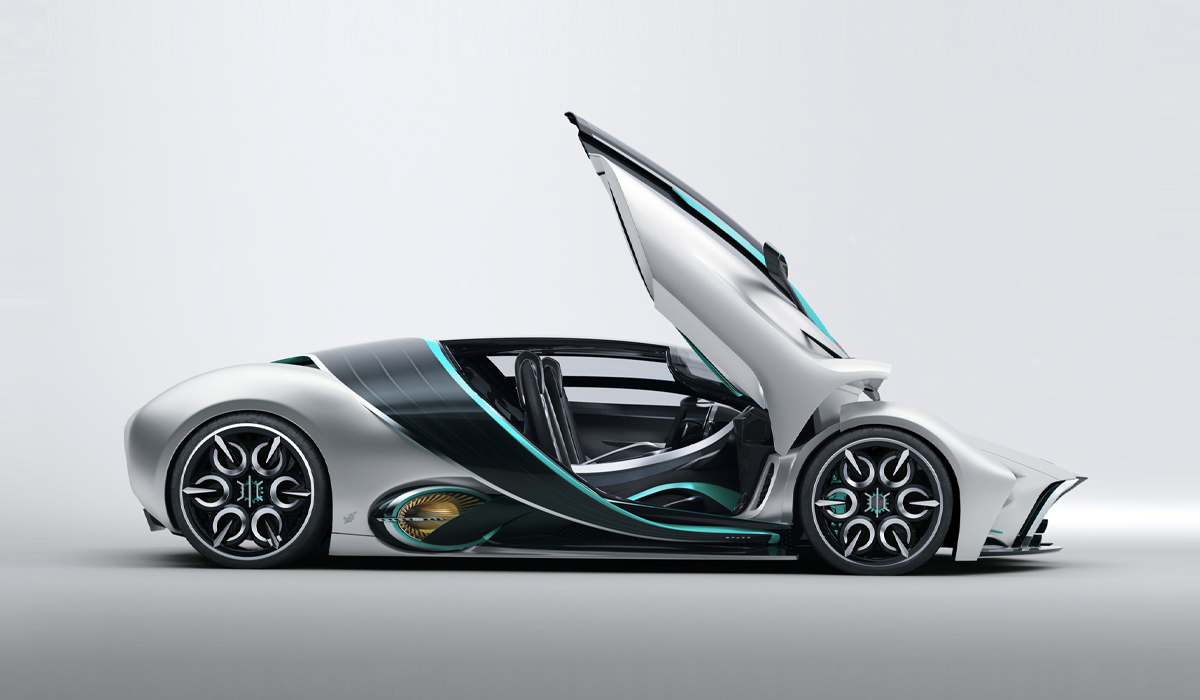
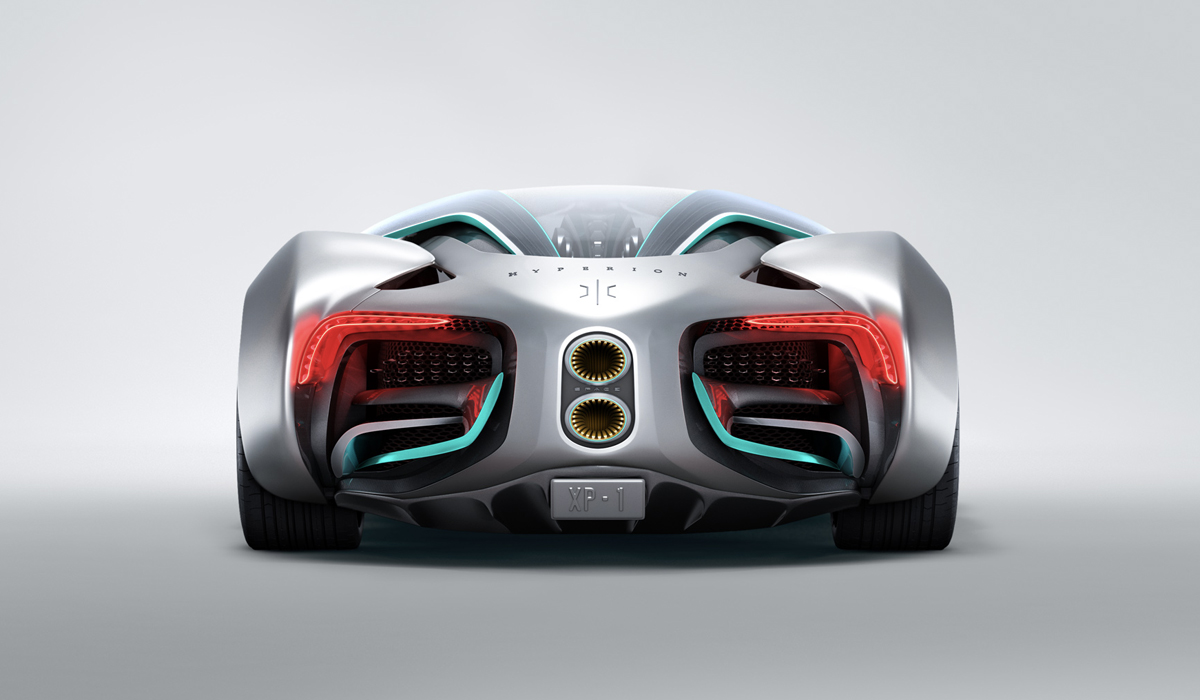
Sources:
